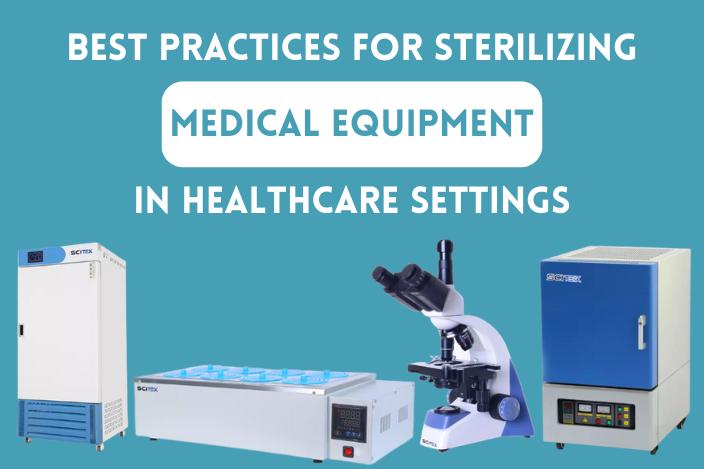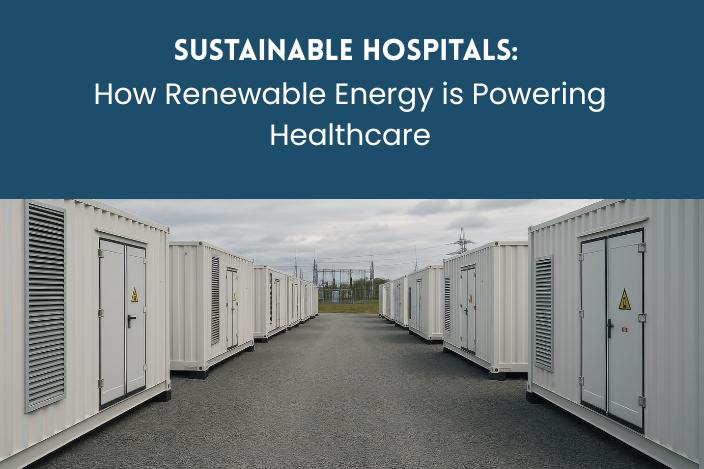
Published on 08-10-2025
Sustainable Hospitals: How Renewable Energy is Powering Healthcare
Introduction
Hospitals are among the most energy-intensive buildings in any city. From lifesaving machines to climate control systems, everything depends on reliable energy. But with rising energy costs and a global climate crisis, healthcare institutions are shifting to renewable energy not just to cut costs but to save lives more sustainably.
At Capri Medicals, we believe in powering healthcare responsibly. Let’s explore how renewable energy is revolutionizing modern hospitals.
Why Renewable Energy Matters in Healthcare
Hospitals consume 2.5 times more energy than typical commercial buildings. Traditionally, this demand is met by fossil fuels resulting in large carbon footprints and financial strain. By transitioning to renewable energy sources like solar, wind, and geothermal, hospitals are:
-
Reducing operational costs
-
Cutting carbon emissions
-
Improving energy security during disasters
-
Meeting global healthcare sustainability goals
How Hospitals Are Using Renewable Energy (Steps & Systems)
1. Solar Panels for Electricity & Water Heating
Many hospitals are now installing photovoltaic systems to generate electricity for lighting, HVAC, and medical equipment. Solar thermal systems also provide hot water for sanitation and laundry services.
2. Wind Energy for Backup Power
In regions with consistent wind, hospitals are installing turbines to reduce dependency on the grid especially critical during natural disasters or power outages.
3. Geothermal Systems for Heating & Cooling
Hospitals use ground-source heat pumps to maintain temperature without relying on traditional HVAC systems, offering consistent savings year-round.
4. Battery Storage for Energy Resilience
Advanced hospitals pair renewable systems with battery storage to maintain power even during outages, ensuring 24/7 patient care.
Common Questions & Misconceptions
Q. Is renewable energy reliable for 24/7 hospital use?
A: Yes. With hybrid systems combining solar, wind, and storage, hospitals can operate reliably even when the sun isn’t shining.
Q. Is the transition too expensive for small healthcare facilities?
A: While the initial investment is higher, renewable energy often leads to long-term savings. Additionally, many hospitals access green incentives and grants to fund the transition.
Q. Does renewable energy compromise medical performance?
A: Not at all. Energy systems are designed with patient safety in mind, integrating seamlessly with critical infrastructure.
Conclusion
Sustainable hospitals aren’t just a dream they're already operating around the world, reducing emissions and improving care. With renewable energy, healthcare becomes not only a tool for healing people but also for healing the planet.
Partner with Capri Medicals to explore sustainable medical infrastructure solutions that empower your facility to lead in both care and climate responsibility.

.png)
.png)
.png)
.png)
.png)
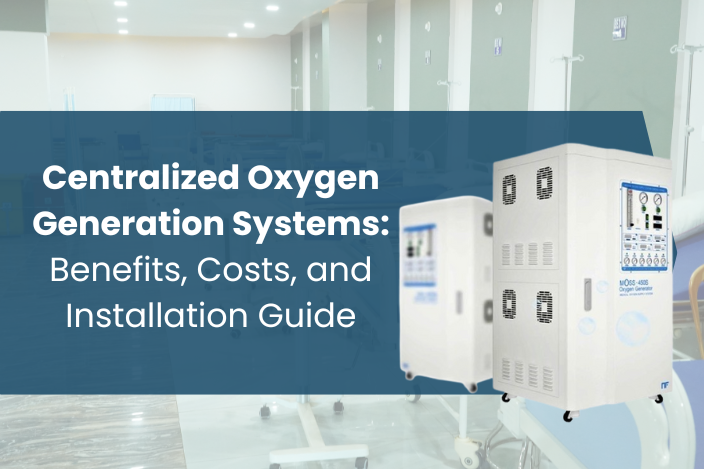
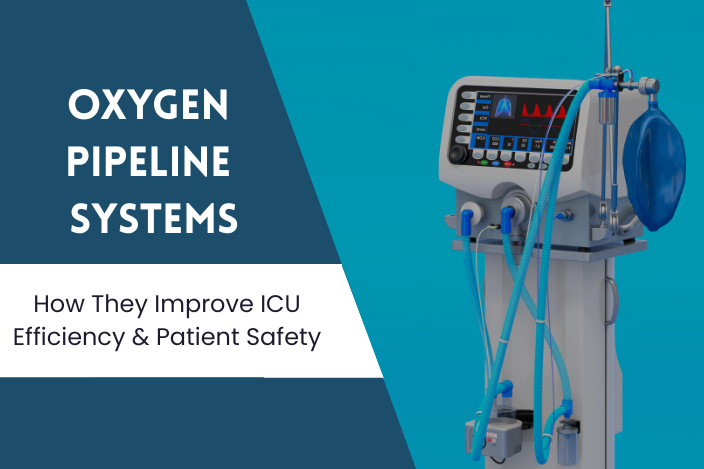
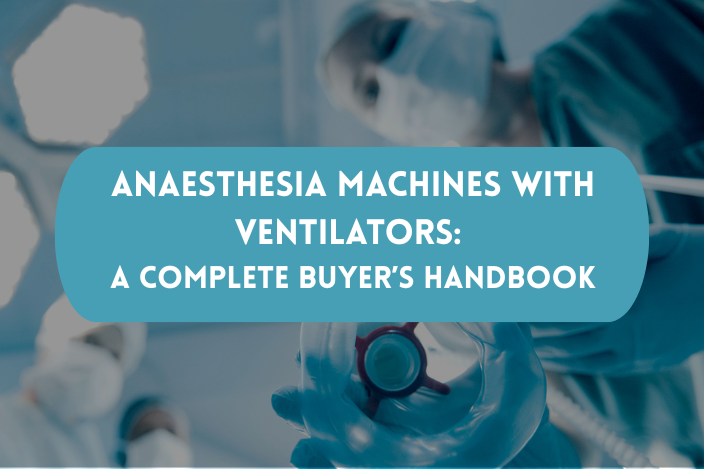
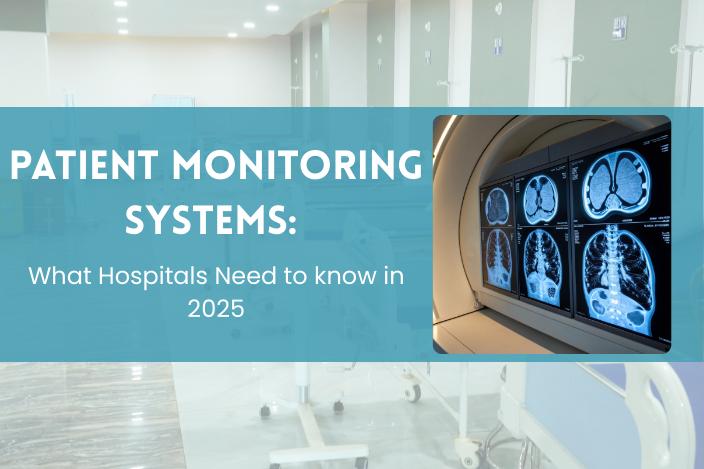
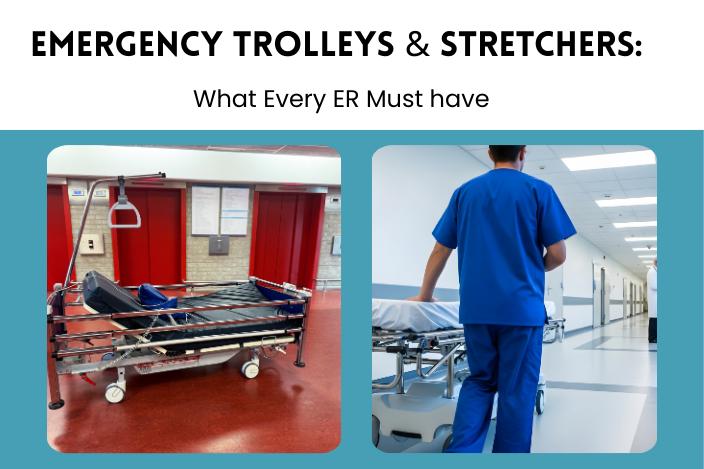
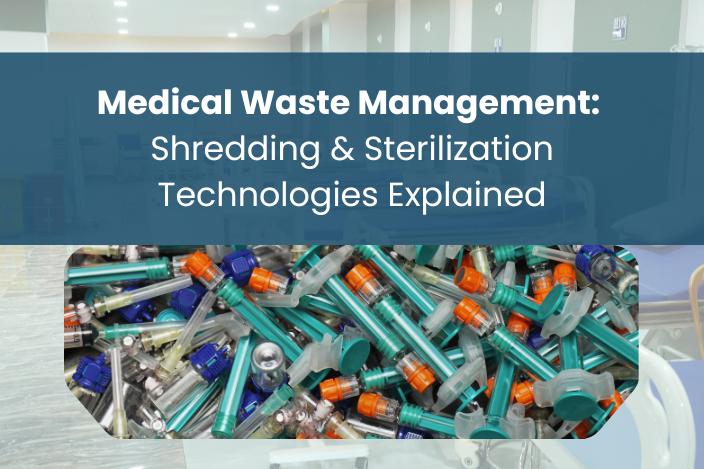
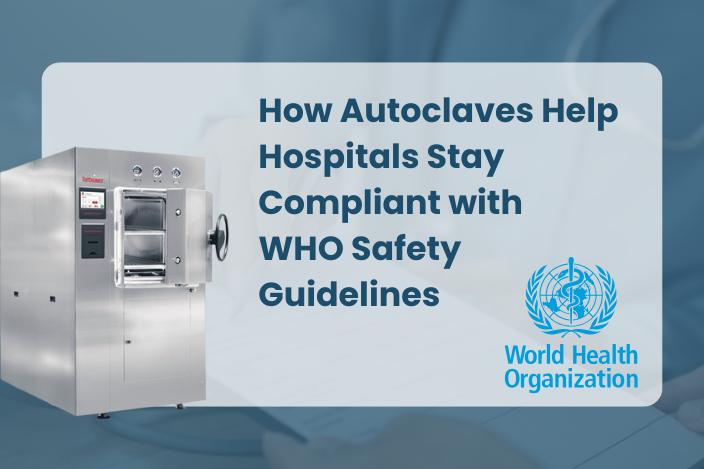
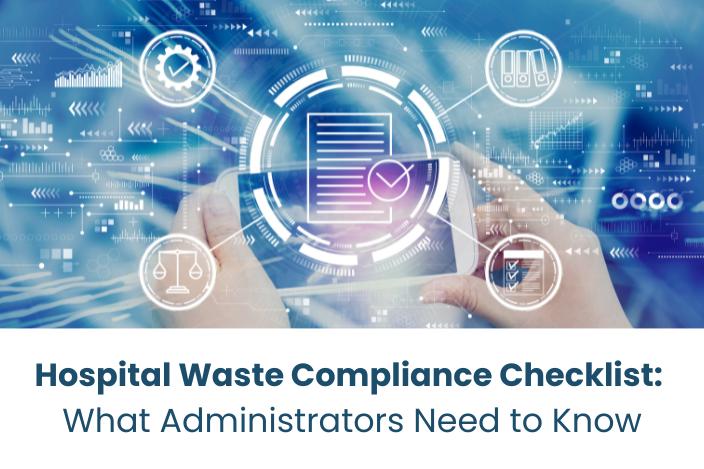
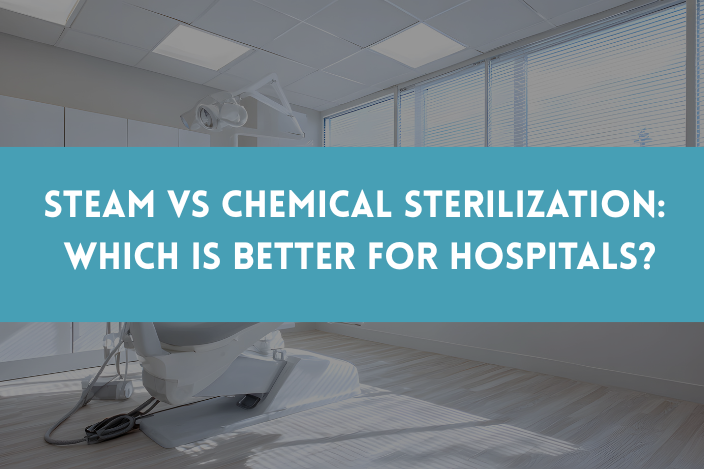
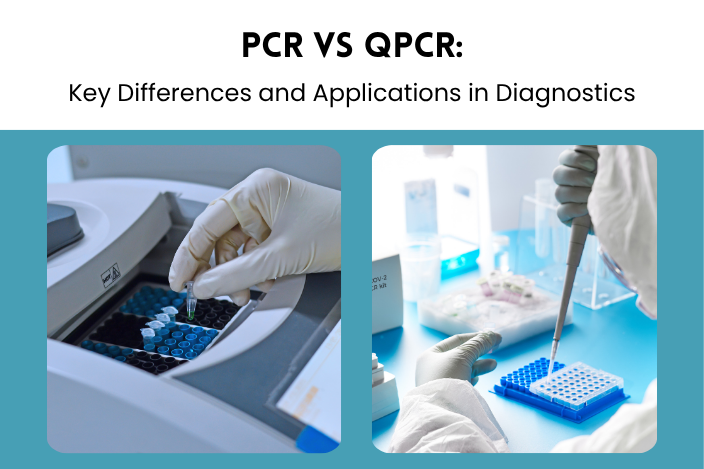
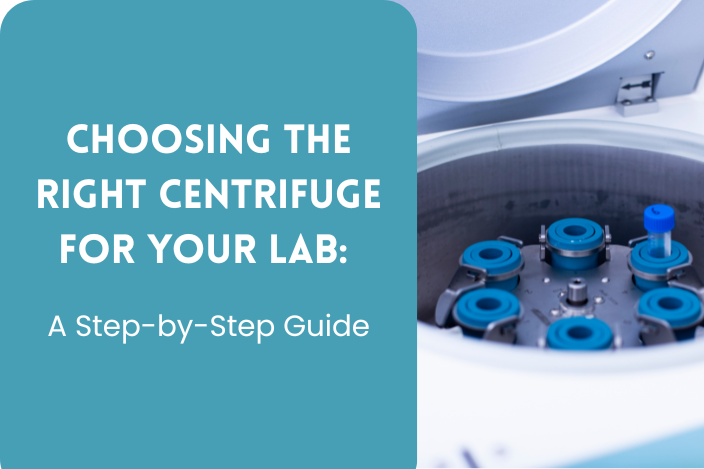

.png)
